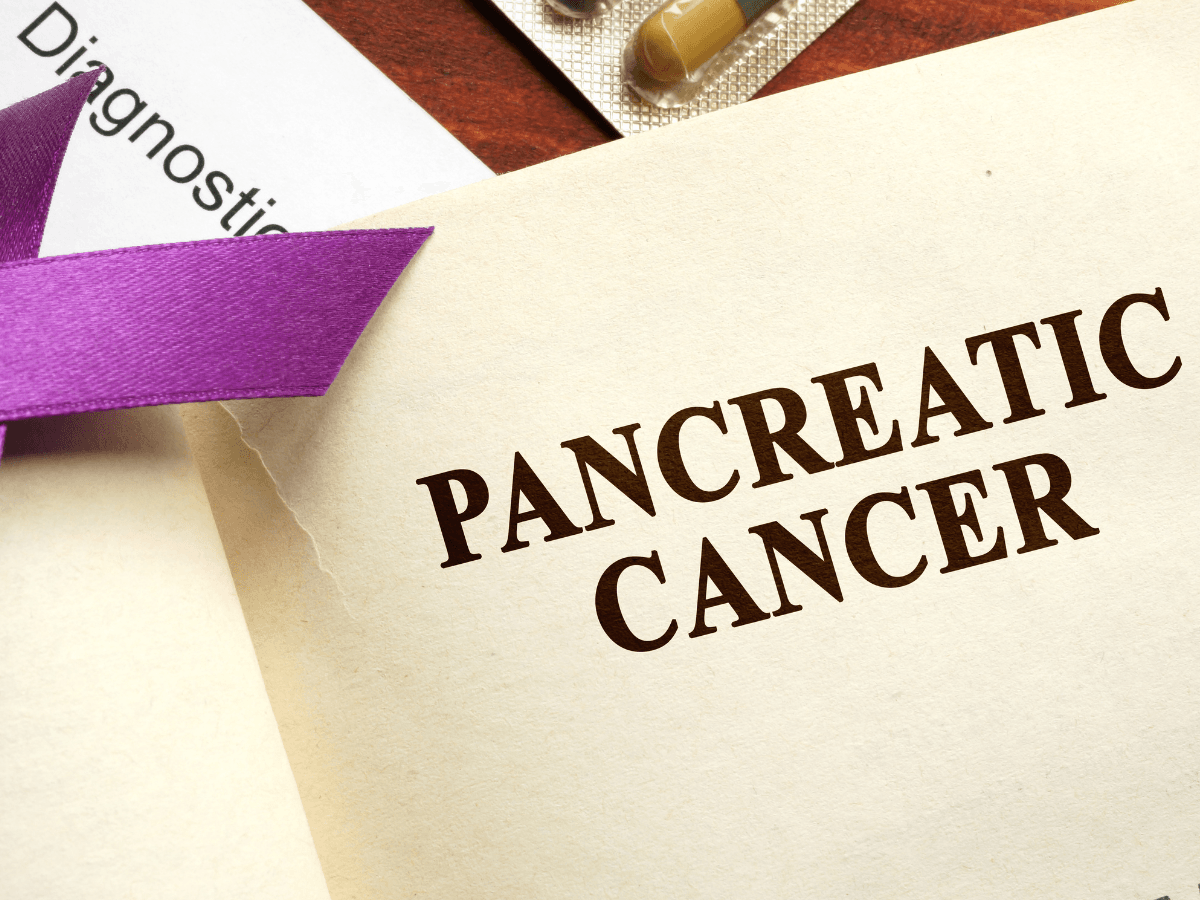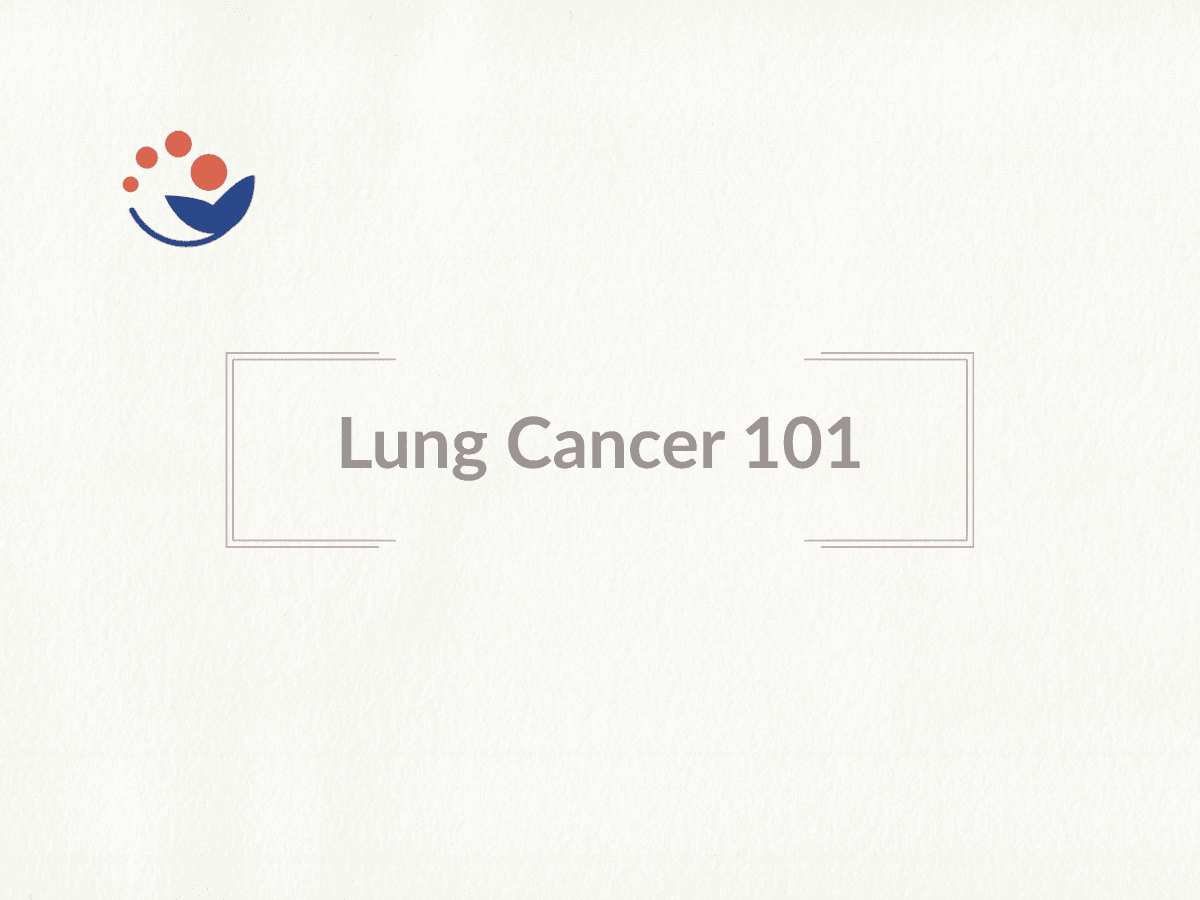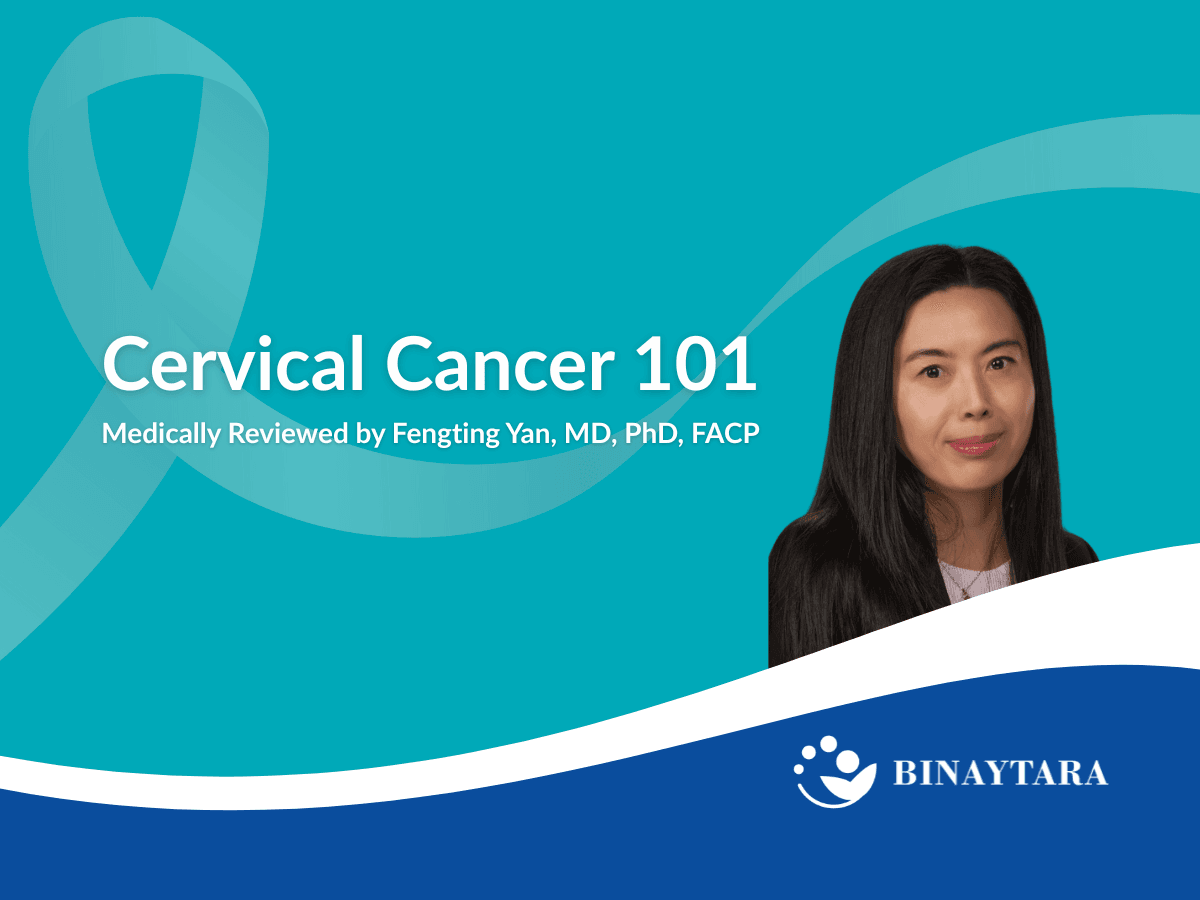
The Cancer News
AN AUTHORITATIVE RESOURCE FOR EVERYTHING ABOUT CANCER
Lung Cancer Prevention Strategies and Latest Therapies: World Lung Cancer Day Awareness 2025
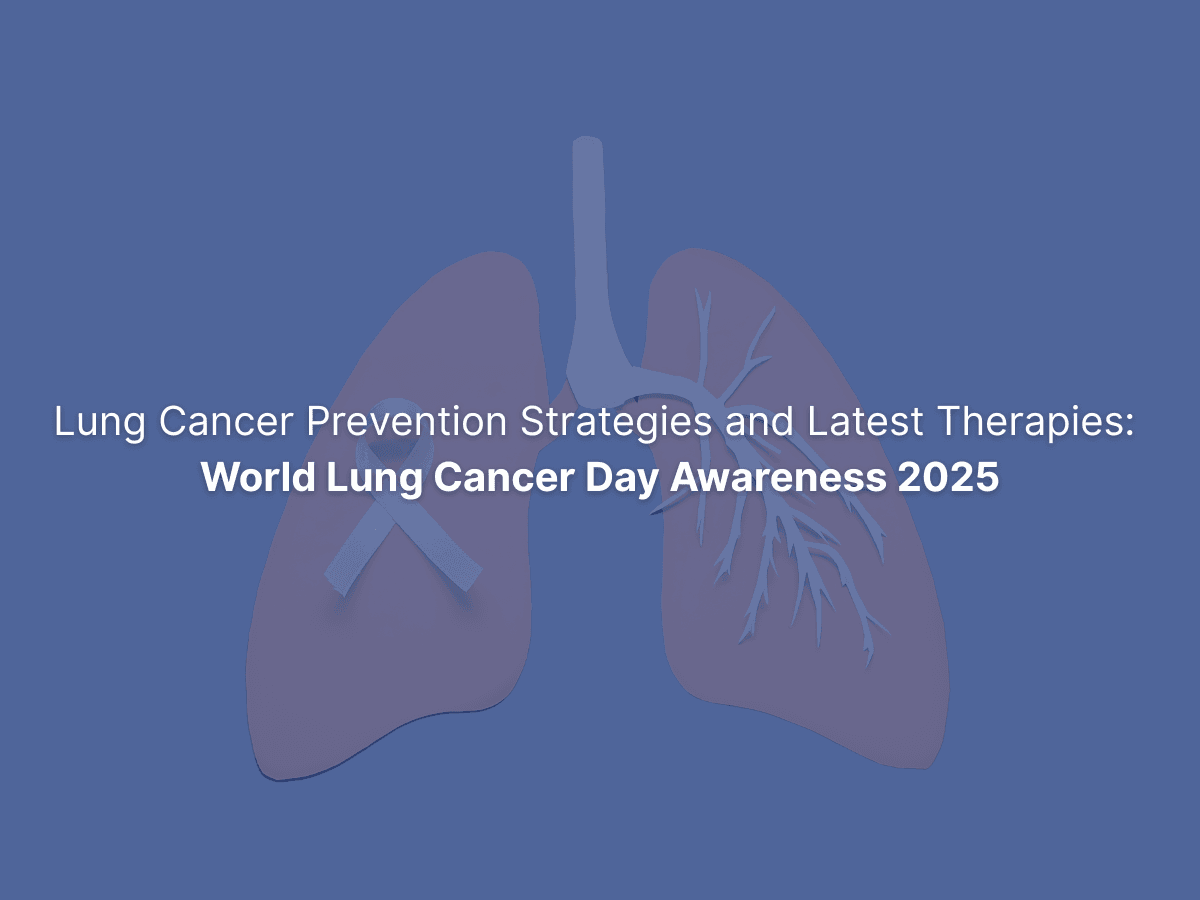
Do you know that 20% of people who die from lung cancer every year in the United States have never smoked or used any form of tobacco?
Observed annually on August 1st, World Lung Cancer Day raises awareness about lung cancer, highlighting the importance of early detection and other prevention strategies. This year’s theme, Stronger Together, underscores the importance of collaboration across individuals, communities, governments, and institutions in the fight against this deadly disease.
Lung cancer remains a global epidemic and is the leading cause of cancer-related deaths worldwide. In 2022, nearly 2.5 million new lung cancer cases and 1.8 million deaths were reported. In the United States alone, the American Cancer Society estimates there will be 226,650 new cases and 124,730 deaths from lung cancer. There is a 1 in 17 chance and a 1 in 18 chance for a man and a woman, respectively, to develop lung cancer in their lifetime.
Learn from Leading Lung Cancer Experts
Dr. Das on Small Cell Lung Cancer Outcomes and Therapies

Dr. Millie Das is an organizing committee member and session chair of the Binaytara Precision Oncology Summit, and she treats patients at the Stanford Cancer Center and the Palo Alto VA Hospital. In our interview with her about World Lung Cancer Day, she shared some insights on a less common subset of lung cancer, explaining,
"Small cell lung cancer tends to behave more aggressively compared to non-small cell lung cancer, with a higher propensity for brain metastases. These patients do very poorly; most are diagnosed with metastatic disease, and even when we give initial therapy and patients respond, almost everybody recurs and progresses. Life expectancy was generally a year or less, and chemotherapy options are quite tough. But what's exciting is the recent approval for Tarlatamab, a DLL3-targeted Bispecific T-cell engager, where we are seeing potential for longer-term benefit. There are exciting ongoing trials to allow these patients to live longer with preserved quality of life."
Dr. Riess on Clinical Trials and Disparities in Lung Cancer
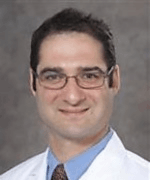
Dr. Jonathan Riess, the San Francisco Lung Conference 2025 chair from UC Davis Health, shared his perspectives on lung cancer treatment updates and challenges, stating
“ We have made great strides in targeted therapies, but challenges remain, particularly around treatment resistance. EGFR mutations represent a significant subset of lung cancer, especially among women, Asians, and non-smokers, and we urgently need more effective therapies. Clinical trials have been offering promising options for patients, especially when a treatment is well-matched to a target mutation. However, eligibility criteria, side effects, and logistical or financial barriers often limit access. Disparities in care are very real, considering that access to molecular testing, advanced treatments, and supportive resources can vary widely. While we have made some progress in early detection, increasing participation in lung cancer screening and exploring tools like blood-based tests are crucial next steps.”
Dr. Naqash on Recent Therapeutic Advances in Lung Cancer

Dr. Abdul Rafeh Naqash, co-chair of the 2025 Oklahoma Thoracic Oncology Conference and a medical oncologist at the Stephenson Cancer Center at the University of Oklahoma College of Medicine, shared insights on the evolving landscape of small-cell lung cancer therapy, stating:
“In the last year, there have been two major approvals for small-cell lung cancer. The first is an accelerated approval for a bispecific T cell engager (BITE) called Tarlatamab, which is used in extensive-stage or metastatic small cell lung cancer after patients have progressed on first-line treatment. The second approval is for limited-stage small-cell lung cancer after chemoradiation, where an immune checkpoint inhibitor has been added. Emerging therapies targeting novel proteins, such as B7H3, target certain cell surface proteins found in small-cell lung cancer cells. This is an exciting area for potential treatment options. Over the past five years, we have gained significant insights into how small-cell lung cancer is a highly heterogeneous disease. It is becoming clear that a one-size-fits-all approach does not work for all patients. We now understand that there are different subtypes of small cell lung cancer, which have important implications for treatment and management.”
About Lung Cancer: Symptoms, Causes, and Overview
There are two types of lung cancers: Non-Small Cell Lung Cancer (NSCLC) and Small Cell Lung Cancer (SCLC). NSCLC represents over 80% of diagnosed lung cancer cases and has three main subtypes, namely adenocarcinoma (most common), squamous cell carcinoma, and large cell carcinoma. NSCLC tumors tend to be slightly larger and may have several actionable mutations. On the other hand, SCLCs can be smaller, more aggressive, and rarely have any targetable mutations.
The process of lung cancer development is complex and multifactorial. This disease can develop due to several genetic changes that activate tumor growth pathways and block tumor-suppressing pathways. As such, the accumulation of many genetic and epigenetic changes over a long period causes weakened DNA, uncontrolled cell division, and eventually the initiation of lung cancer.
Some early signs and symptoms of lung cancer can include persistent cough, chest pain, shortness of breath, wheezing, coughing up blood, and hoarseness in the voice. As the tumor in the lungs develops, late symptoms such as shoulder or arm pain, leg weakness, headaches or seizures, balance problems, jaundice, and swollen lymph nodes in the neck can also manifest. While these symptoms are shared with other common and equally serious respiratory diseases, it is important to consult with your doctor when they persist.
Top Lung Cancer Risk Factors You Should Know
Tobacco smoking is the leading risk factor for lung cancer development, accounting for 80% to 90% of the disease diagnoses. Tobacco smoking increases the risk of lung cancer by 20-fold compared to non-smokers. Other contributing factors include secondhand smoke, electronic cigarettes, cigars, pipes, water pipes, smoked cannabis, radon, and asbestos. A history of conditions such as asthma, pneumonia, tuberculosis, COPD, emphysema, chronic bronchitis, and HIV also poses some risk. Despite the control of tobacco consumption, lung cancer incidence is still high.
Some lung cancer risk factors are beyond individual control, such as age (65 and above), family history, inherited gene mutations, and previous radiation therapy to the chest. Given these unmodifiable risk factors and the reality of involuntary exposure to carcinogenic air pollutants, what prevention strategies can be adopted to lower the risks of lung cancer development?
How to Detect Lung Cancer Early and Prevent It
Early detection can increase lung cancer survival rates by 20 to 33%, depending on the population studied. That is why it is important to stay informed and raise awareness about screening approaches to improve survival and patient outcomes.
In its 2023 updated guidelines, the American Cancer Society (ACS) recommends annual lung cancer screening with low-dose computed tomography (LDCT) for adults aged 50–80 who currently smoke or have quit and have a 20+ pack-year smoking history, equivalent to smoking one pack per day for 20 years.
LDCT uses a computer linked to an X-ray machine to deliver a very low dose of radiation, producing detailed images of areas inside the body. Large clinical trials, including the U.S. National Lung Screening Trial and the European NELSON trial, have shown that LDCT screening can reduce lung cancer mortality by approximately 20–30%.
Lung Cancer Treatment Options: What Patients Need to Know
Lung cancer treatment has come a long way beyond traditional surgery, chemo, and radiation. Today, immune checkpoint inhibitors (ICIs), targeted therapies, and combination strategies are changing the treatment landscape. Targeted therapies are now aimed at common mutations like EGFR and ALK, helping improve survival in specific subtypes. ICIs such as pembrolizumab and nivolumab have advanced care for non-small cell lung cancer (NSCLC), though not all patients respond. That is where combination approaches, like pairing immunotherapy with chemotherapy or radiation, come in, boosting immune response and tumor recognition.
Researchers are also exploring new frontiers: targeting the tumor microenvironment, angiogenesis, and biomarkers like circulating tumor cells and components of the extracellular matrix to personalize care even further. Still, challenges like treatment resistance, limited biomarkers, and the need for earlier detection remain, showing the importance of continued research and innovation.
Ways to Commemorate World Lung Cancer Day
Lung cancer can affect anyone, smokers and non-smokers alike. World Lung Cancer Day aims to provide society with the right tools to conquer this deadly disease. Organizations like the Lung Cancer Foundation of America offer multiple resources to get involved on this day. People can spread awareness through social media engagement, get screened if in a high-risk category, or donate to support lung cancer research. Overall, commemorating World Lung Cancer Day demands action. Be proactive, share resources, encourage prevention and early detection, or simply share your story. Lung cancer does not discriminate, so let us come together, live up to the theme of this year's celebration, and fight cancer together as a community.
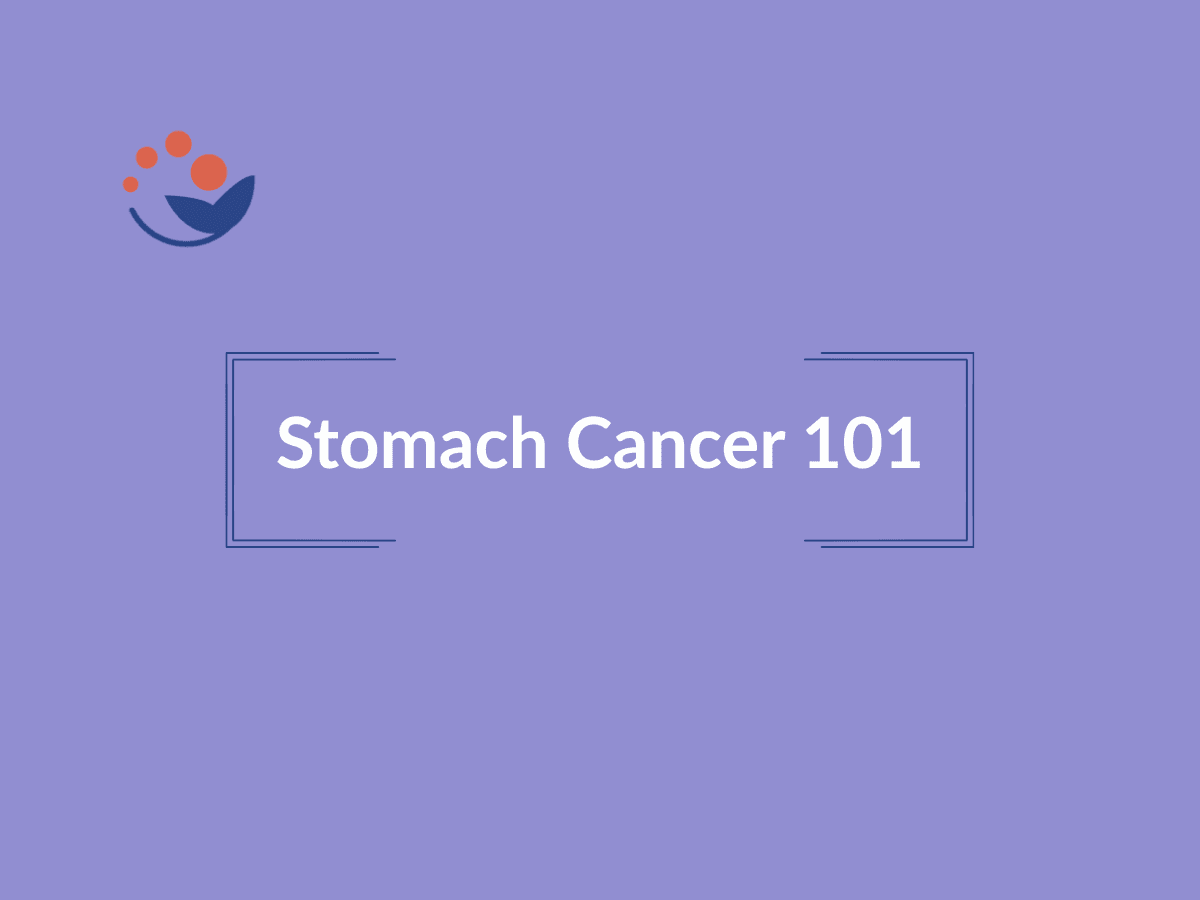
Stomach Cancer 101
2025-11-28

Does Sugar Feed Cancer?
2025-11-19
Share Article
